B2B Web Design Agency
B2B Website RedesignThat Actually Sells






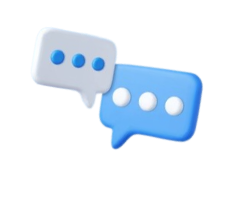
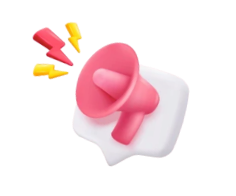
Why your website isn't converting traffic
No Clarity
Low Proof
Dead-End UX
Most Web Design Agencies Will Fail You
Made By Designers
No Strategy
Use Templates
Your 90-Day B2B Website Redesign Plan
Phase 1 (Day 0-30)
Diagnose & Reposition
Phase 2 (Day 31-60)
Persuasive UX Content
Phase 3 (61-90 days)
Build, Optimise & Ship
Website Redesign Results




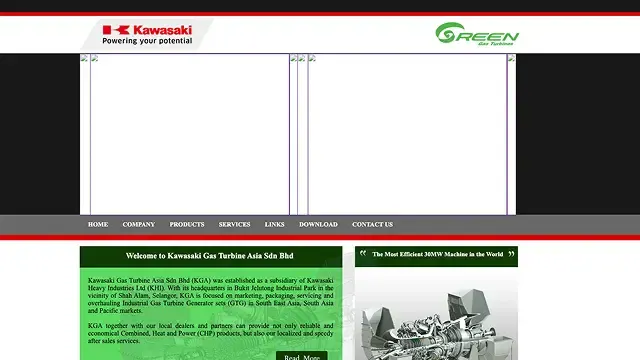

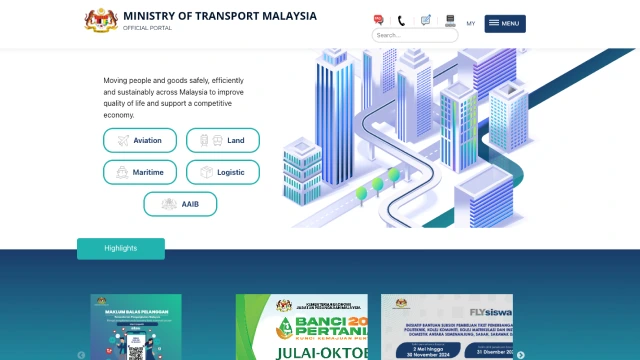












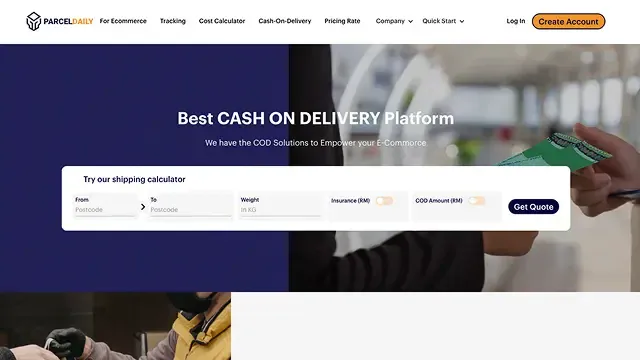
Website Redesign Package
Choose your preferred plan
Growth Plan
- Basic Strategy
- 7 Page Website (Home, About, Services, Contact etc)
- 3 do-for-you Copywriting pages
- Custom website design (1 concept, 1 revision)
Premium Plan
- Basic Strategy
- 15 Page Website (like Growth plan, inclusive Projects, Pricing etc)
- 7 do-for-you Copywriting for key pages
- Custom website design (2 concepts, 2 revisions)
Entreprise Plan
- Complex Strategy
- Unlimited Website Pages
- Unlimited do-for-you Copywriting for key pages
- Custom website design (3 concepts, 2 revisions)
Add Ons
- Monthly B2B SEO
- WebCare
- Website Hosting
- Webmaster Outsourcing
- Template Page (Basic & Advance)
- Mockup Page
- Extra Web Page
- Copywriting pages
- Data Entry
- Calculator
- Content Migration
- Conditional Forms
What Client Says about Laman7 Web Redesign



Schedule a Free Audit Session
Is Website Redesign for Me?
Website Redesign is suitable for
- Transforming companies looking to grow the market
- Growth mindset at every level (Director, Manager, Executive)
- For B2B Companies with high-priced products and services
- Willing to adapt to new ways
Website Redesign is not for
- Consumer-based business with lower than RM 10 million revenue
- Uncomfortable sharing Marketing metrics
- No website right now
Frequently Ask Questions
Talk to UsWhat is the timeline for the project?
Our project typically takes between 2 to 4 months to complete, from kickoff to launch. The timeline can vary based on a few factors:
Information Load: The more pages your website has, the more time we will need for strategizing, writing, designing, and developing.
Custom Functions: If your website requires advanced custom features, additional time may be necessary for development.
Your Organization: Direct access to decision-makers will help ensure a smoother and faster project. In contrast, if there are multiple levels of approval required, it can lead to delays.
Are all scopes compulsory? Is it possible to omit certain scope such as copywriting?
Some services, like copywriting, WebCare, and Monthly SEO, are optional. However, opting for in-house management or outsourcing these tasks to a third party may not yield the best results we promise, as the effectiveness of the outcome largely depends on quality copywriting. We would be happy to discuss these services further once we have a better understanding of your goals, challenges, and your company.
What kind of security will you have in place?
The level of security will depend on the setup, but we will implement at least basic security measures, such as a WordPress Firewall. For enhanced protection, we can also set up additional firewall security at the DNS level. If your company has specific security requirements or policies, we can discuss those and accommodate them accordingly.
What if we don't like the Design?
We'll propose 3 concepts for you based on two things; your preference and Brand Identity. There will be 2 more revisions after you have chosen the design.
After building hundreds of website, design isn't what gets you leads. It's the messaging of your website.
Is there a guarantee to Double leads?
We'll do our best to double your leads. In most cases, we've seen 170 - 790% increase. However, this depends on market saturation and awareness. If you want guarantee, then we can do a revenue sharing deal.
Can we double our Sales with this?
I don't see a reason why not. It depends on your product and sales team, are they the best kind? Can you guarantee the performance? If you want 100% guarantee, we can work out a revenue-sharing deal.
What if we don't want Leads (for Government)
We can focus other goals like we did for MOT, which reduces the need to call centers by providing clear content. However, you must be willing to produce these content because we can't produce Government official documents.
